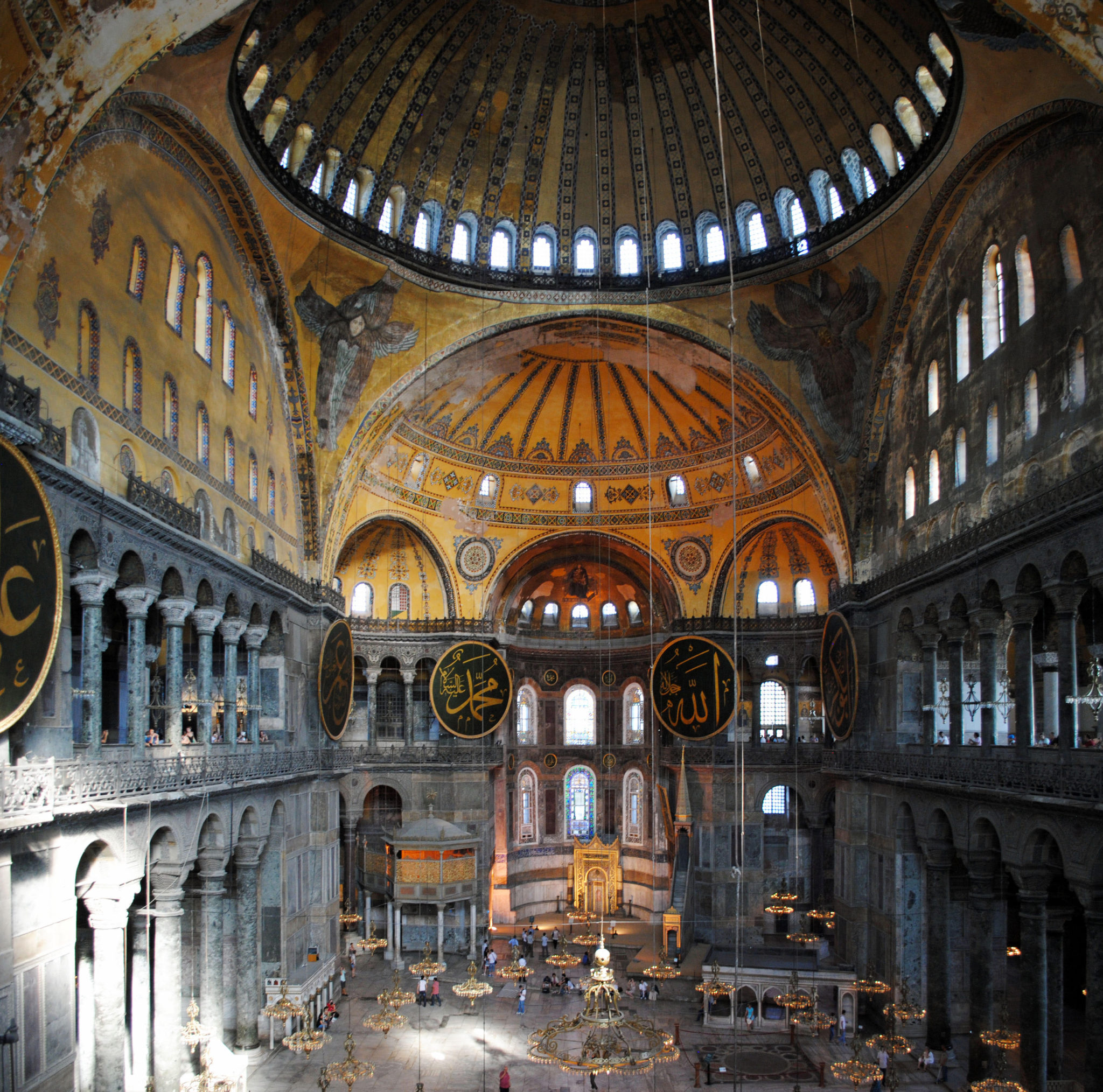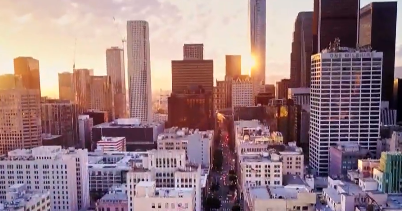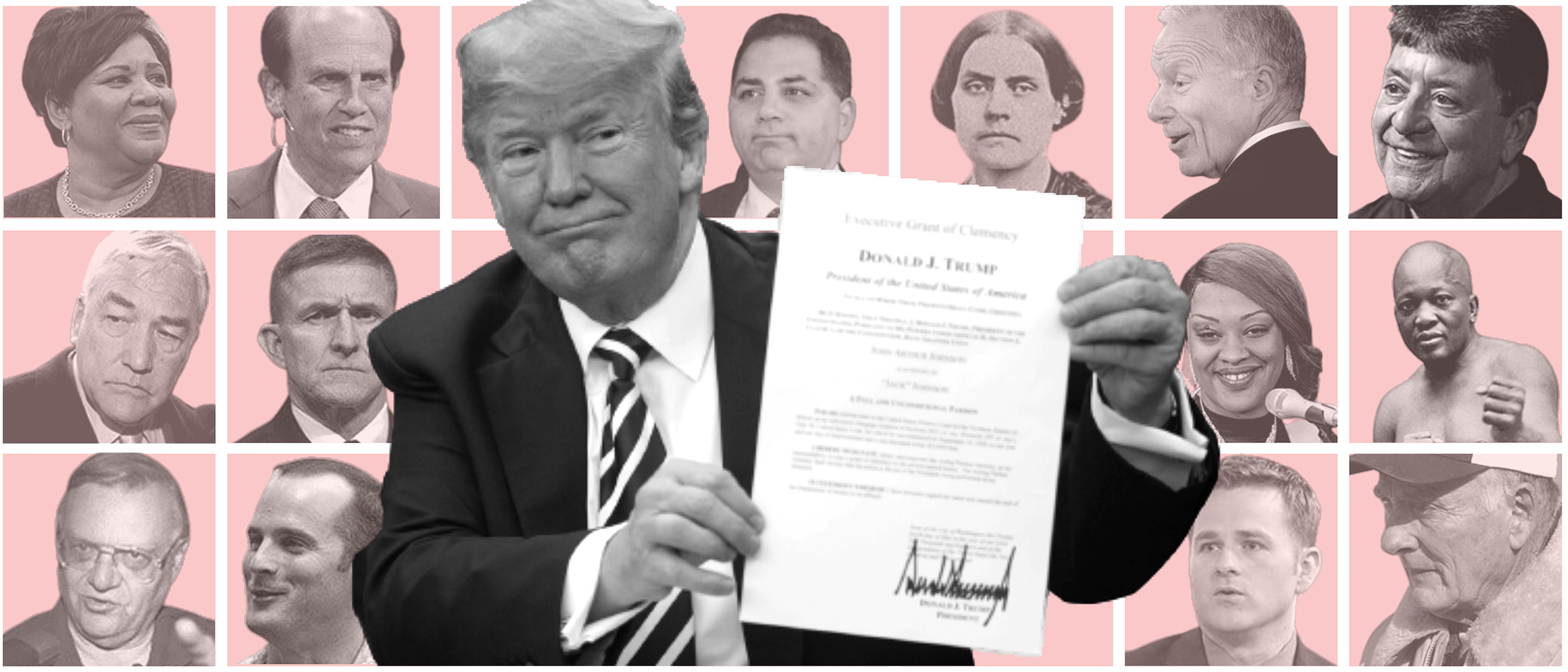Hagia Sophia: From Byzantine Empire To Modern Turkey

Table of Contents
The Byzantine Era: Birth of a Masterpiece (532-1453 AD)
The Hagia Sophia's construction, commissioned by Emperor Justinian I in 532 AD, marked a pivotal moment in Byzantine history and architectural innovation. Built on the site of previous basilicas destroyed by the Nika riots, it was intended as a symbol of imperial power and the preeminence of the Eastern Orthodox Church. The sheer scale and technological audacity of the project were unparalleled for its time. The Hagia Sophia's architects, Anthemius of Tralles and Isidore of Miletus, demonstrated exceptional engineering prowess, pushing the boundaries of what was considered possible in building construction.
Key architectural features of this Byzantine marvel include:
- Immense Dome: The massive dome, a technological marvel for its time, spans an incredible diameter, creating a feeling of awe and grandeur within the vast interior space. Its size and innovative design continue to inspire architects today.
- Ingenious Use of Pendentives: The use of pendentives – triangular curved supports – was a crucial architectural innovation that allowed the dome to rest on a square base, a feat of engineering that significantly influenced later architectural developments.
- Stunning Mosaics: The interior was once lavishly adorned with mosaics depicting religious scenes, imperial figures, and biblical narratives. These mosaics, while many have been lost or covered over the centuries, are incredibly important to understanding Byzantine art and religious symbolism. They represented the power of the emperor and the church.
- Symbol of Byzantine Power: The Hagia Sophia served as the focal point of the Eastern Orthodox Church, hosting lavish ceremonies and reinforcing the emperor's authority as the head of both church and state. It was, in essence, the heart of the Byzantine Empire.
Ottoman Conquest and Transformation into a Mosque (1453-1935 AD)
The fall of Constantinople to the Ottoman Empire in 1453 AD marked a dramatic turning point in the Hagia Sophia's history. Under Sultan Mehmet II, the magnificent Byzantine cathedral was converted into a mosque, reflecting the shift in religious and political dominance. This transformation was not merely a change of function but also a symbolic assertion of Ottoman power and the triumph of Islam.
The adaptation of the Hagia Sophia to Islamic worship involved several significant changes:
- Addition of Minarets: Four elegant minarets were added to the exterior, signifying its new role as a place of Muslim prayer. These slender towers, calling the faithful to worship, became iconic features of the altered structure.
- Covering of Mosaics: Many of the original Byzantine mosaics depicting Christian imagery were covered up, in accordance with Islamic iconoclasm. This act, while seemingly destructive, preserved them for future generations.
- Incorporation of Islamic Art: Islamic calligraphy, intricate geometric patterns, and other decorative elements typical of Ottoman mosque architecture were incorporated into the interior spaces. This blending of styles reveals a unique synthesis of cultural influences.
- Symbol of Ottoman Power: The Hagia Sophia became a symbol of Ottoman power and the dominance of Islam in Constantinople, now renamed Istanbul. It held significant religious and political importance within the Ottoman Empire for centuries.
From Mosque to Museum and Back Again: The 20th and 21st Centuries
In 1935, under the secularist rule of Mustafa Kemal Atatürk, the Hagia Sophia was transformed into a museum. This decision reflected Atatürk's broader reforms aimed at separating religion from the state in the newly established Republic of Turkey. The museum's opening celebrated the country’s move toward secularism. However, this conversion was not without controversy, and the building's status remained a topic of debate.
Recent events led to the reversal of this decision in July 2020. The Hagia Sophia was once again designated as a mosque, sparking significant international debate and controversy.
This highly debated decision carries implications such as:
- Religious and Political Debates: The decision ignited intense religious and political debates within Turkey and globally, raising questions about religious freedom, secularism, and the role of historical monuments in a modern nation.
- International Reactions: International organizations and governments expressed concerns about religious freedom and the potential impact on the Hagia Sophia's status as a UNESCO World Heritage Site.
- Impact on Tourism: The change in status has had a significant impact on tourism, attracting both supporters and those who oppose the decision, creating a complex situation for the site's management.
- Ongoing Significance: The Hagia Sophia continues to hold immense significance in Turkish society and internationally, representing a complex history and an ongoing dialogue about faith, culture, and identity.
Conclusion:
The Hagia Sophia's journey, from its majestic beginnings as a Byzantine cathedral to its current status as a mosque, reflects the dynamic interplay of religion, politics, and culture in Istanbul and the broader world. Its evolution demonstrates its enduring resilience and its powerful ability to represent the changing tides of history. Understanding the Hagia Sophia is crucial to understanding a significant piece of world history, spanning centuries and reflecting the complex relationship between faith and power. To delve deeper into this awe-inspiring monument and its intricate story, further research into its architecture, religious significance, and historical context is encouraged. Learn more about the rich history of the Hagia Sophia, a timeless icon, and its continued relevance in modern Turkey.

Featured Posts
-
 Chicagos Office Market Meltdown The Rise Of Zombie Buildings
Apr 29, 2025
Chicagos Office Market Meltdown The Rise Of Zombie Buildings
Apr 29, 2025 -
 Anthony Edwards Grants Ayesha Howard Custody Following Paternity Dispute
Apr 29, 2025
Anthony Edwards Grants Ayesha Howard Custody Following Paternity Dispute
Apr 29, 2025 -
 Shooting At North Carolina University One Dead Six Injured
Apr 29, 2025
Shooting At North Carolina University One Dead Six Injured
Apr 29, 2025 -
 Cleveland Indians Fan Removed For Verbal Abuse Of Jarren Duran
Apr 29, 2025
Cleveland Indians Fan Removed For Verbal Abuse Of Jarren Duran
Apr 29, 2025 -
 U S Dollar Worst Start Since Nixon Analyzing The First 100 Days
Apr 29, 2025
U S Dollar Worst Start Since Nixon Analyzing The First 100 Days
Apr 29, 2025
Latest Posts
-
 Pete Rose And Presidential Pardons Examining Trumps Potential Action
Apr 29, 2025
Pete Rose And Presidential Pardons Examining Trumps Potential Action
Apr 29, 2025 -
 The Pete Rose Pardon Debate Trump Baseball And The Legacy Of A Betting Ban
Apr 29, 2025
The Pete Rose Pardon Debate Trump Baseball And The Legacy Of A Betting Ban
Apr 29, 2025 -
 Trumps Potential Pardon For Pete Rose A Look At The Mlb Betting Ban
Apr 29, 2025
Trumps Potential Pardon For Pete Rose A Look At The Mlb Betting Ban
Apr 29, 2025 -
 The Pete Rose Pardon Trumps Decision And Baseballs Reaction
Apr 29, 2025
The Pete Rose Pardon Trumps Decision And Baseballs Reaction
Apr 29, 2025 -
 Will Pete Rose Be Pardoned President Trump Weighs In
Apr 29, 2025
Will Pete Rose Be Pardoned President Trump Weighs In
Apr 29, 2025
